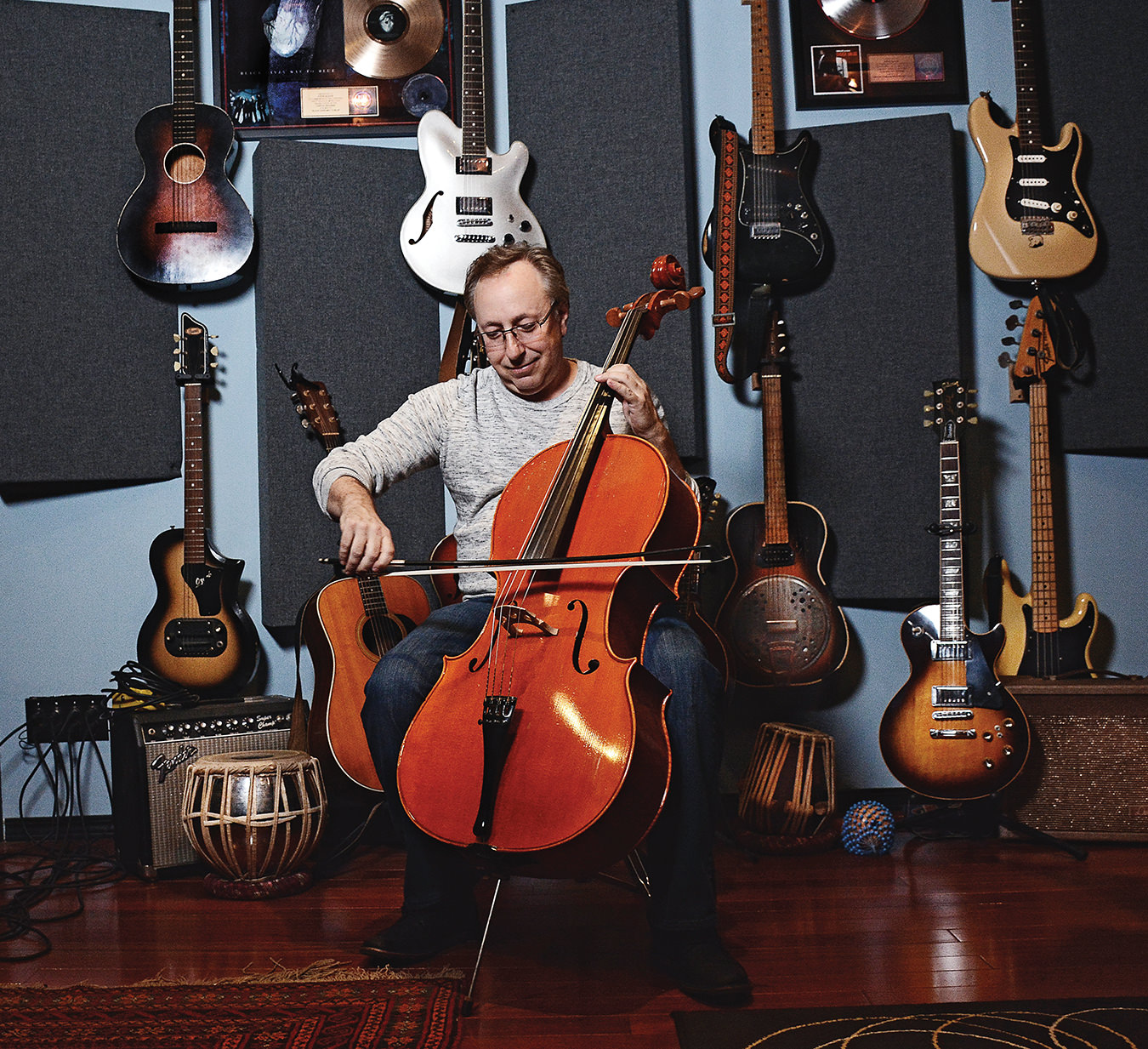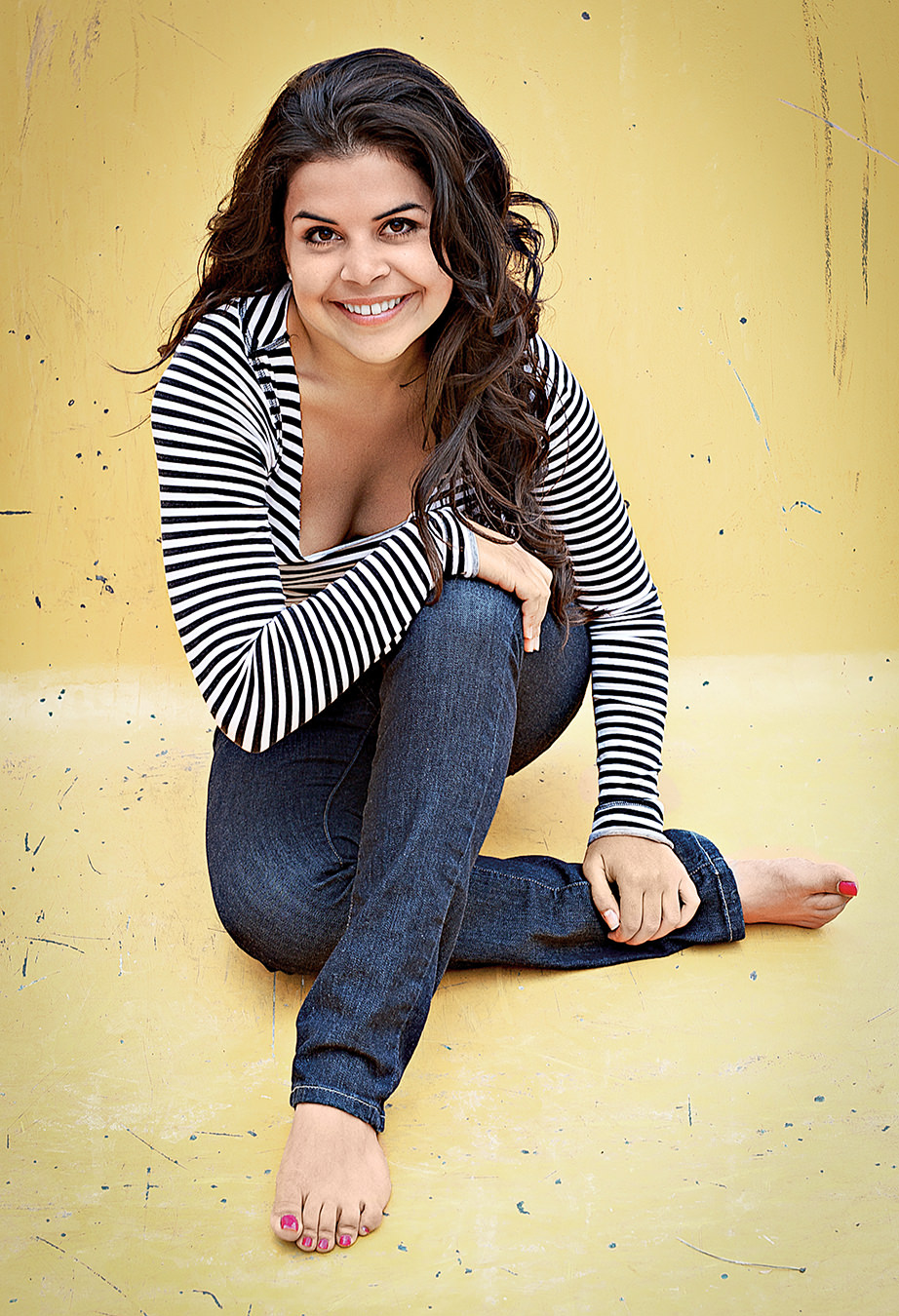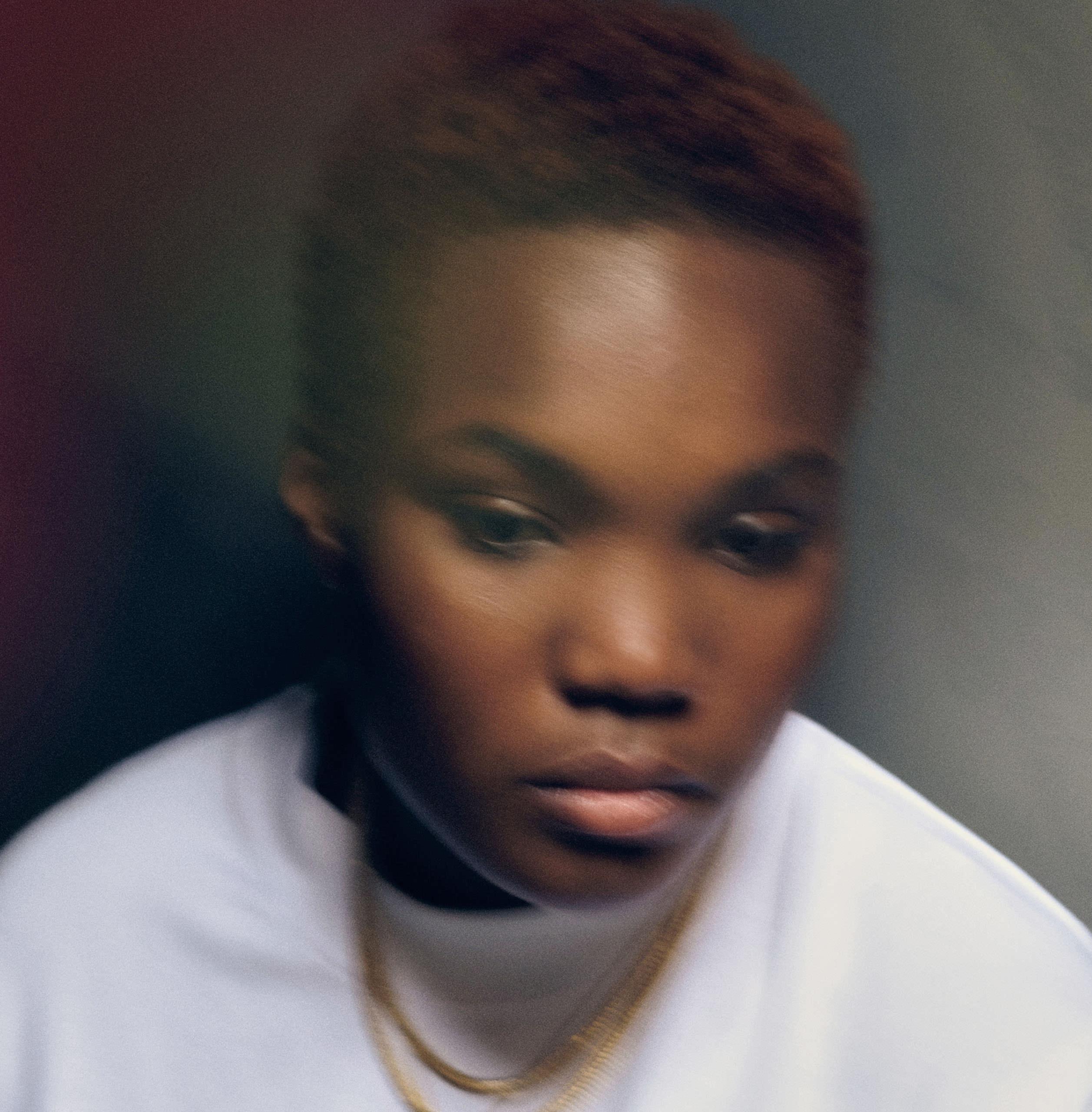Multi-instrumentalist Stevie Blacke
All strings attached.

You might say Stevie Blacke likes to string people along.
In a continually shrinking music industry, the Berklee College of Music graduate has found the ultimate way to provide more with less by creating entire string sections by himself. The Los Angeles–based one-man band—who has performed on albums by Madonna, Rihanna, Pink, Ellie Goulding, Matchbox Twenty, and Beck, among others—plays close to 20 stringed instruments, ranging from the violin, cello, and mandolin to the lesser-known two-stringed erhu.
Record producers hire Blacke to sweeten a song by adding as little as one violin or cello all the way up to a full orchestra. In 2007, he concocted the equivalent of a 70-piece symphony for a remix of punk band Bayside’s “Duality” for the Resident Evil: Extinction soundtrack. Blacke played and arranged all the strings, and he arranged the horns, woodwinds, and percussion. (He brought in three additional musicians to play those parts.) “There were probably 60 string overdubs. Start to finish, that was five days,” he says.
Blacke, who grew up in Ohio as the son of two Juilliard School graduates, attended Berklee to study guitar. After spending a summer break with bluegrass mandolin virtuoso David Grisman, Blacke asked his Berklee instructor to help him continue his mandolin studies. His teacher said yes, but only if Blacke also picked up the violin.
Blacke then kept adding to his arsenal. “I just have a love of learning different things and figuring out how someone got sounds on a particular song,” he says. Prog rockers like Yes guitarist Steve Howe became unintentional instructors as Blacke taught himself about different instruments by poring over album liner notes and deciphering sounds that were new to him. “Howe played a lap steel on a song on a solo album and I thought, ‘I should learn that,’” Blacke recalls. “It all comes from wanting to learn how to make it all.”
Even with his facility for “all things stringed,” some instruments come easier than others. Blacke doesn’t “mess with” pedal steel because, he says, “I’m not so good with my hands and feet working together.” Most any other stringed instrument will do. “I’m a guitar player first, but I just like to play,” he says. “Put something in my hands and I’m happy.”
Blacke says that while technology has made it cheaper for producers to create synthesized string sounds, the discerning ear can always tell the difference. “Samples are never going to sound the same as the real thing. If the strings are laying back [in the mix], then it’s not going to matter that much,” he concedes, “but in a song where they’re featured, you can’t get away with samples.” He notes that there is a texture and a feel that the listener gets from real strings that Musical Instrument Digital Interface (known as MIDI) simply cannot re-create.
“I’m a guitar player first, but I just like to play. Put something in my hands and I’m happy.”
Given the hassle of lugging around all the tools of his trade, Blacke tends to record at his home with producers sending tracks for him to embellish. In 2010, he converted his garage into a soundproof recording studio, gaining back his living room—his previous makeshift studio.
To mimic the sound of a true orchestra, Blacke sets up microphones identical to where they would be in a symphony setting and then moves his chair to each spot as he records. For example, to replicate a classic string quartet—two violins, a cello, and a viola—he puts his chair where the first violinist would sit and records that part, then moves the chair to where the second violinist would sit to record the next part, and so on down the row. He then overdubs each instrument to give it the sound of several musicians playing together.
One of his more frequent collaborators is Pink, with whom he first worked on her 2008 hit, “Sober”. Most recently he played on “Break the Cycle” by You+Me, Pink’s folk side project with Dallas Green—not that Blacke initially knew she was his client. “Her manager called me and wouldn’t actually tell me who the artist or what the project was, but told me they wanted me to do some string arrangements.” Blacke received the song without any vocals and added a string quartet based on some melodic string ideas Pink provided.
The bulk of Blacke’s work is in the studio, but artists frequently hire him for live television appearances. Miley Cyrus enlisted him to arrange the strings and play viola for her 2014 episode of MTV’s Unplugged, featuring Madonna. “Miley has such an amazing work ethic, huge amounts of energy, and is really sweet, but still funny and quirky,” he says.
When on the road, an act will often take Blacke’s string mix and load it into a synthesizer because re-creating the sound live night after night would be too expensive. Blacke jokes that he was “on tour” with several of pop’s biggest artists at the same time a few years ago without ever having to leave home. “Matchbox Twenty, Madonna, and Rihanna were all out. I was on the road with everyone and no one at the same time,” he says. Nice work if you can get it.








